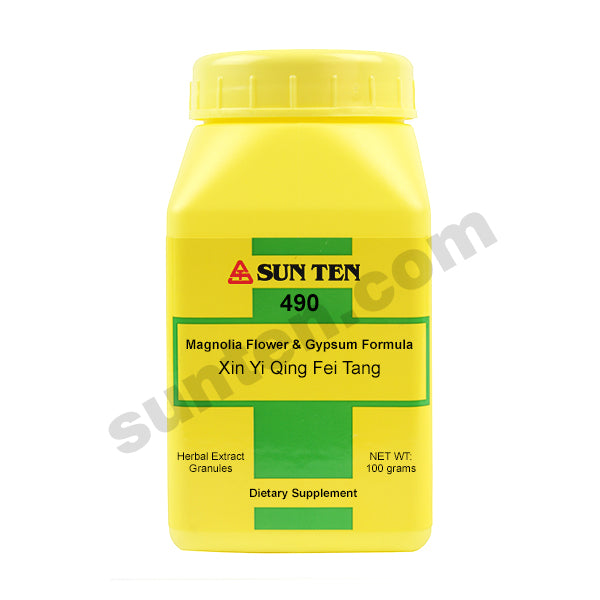Xin Yi Qing Fei Tang
Magnolia Flower & Gypsum Formula Granules | 辛夷清肺湯
Practitioners: Please LOGIN to view the wholesale price. This item can only be purchased by a licensed practitioner. Find a practitioner
Ingredients: Radix Scutellariae (huang qin), Fructus Gardeniae (shan zhi zi), Radix Ophiopogonis (mai men dong), Bulbus Lilii (bai he), Gypsum Fibrosum (shi gao), Rhizoma Anemarrhenae (zhi mu), Folium Eriobotryae (pi pa ye), Flos Magnoliae (xin yi), Radix Glycyrrhizae (gan cao), Rhizoma Cimicifugae (sheng ma).
| Mandarin: 辛夷清肺湯 Pin-Yin: Xin Yi Qing Fei Tang English: Magnolia Flower & Gypsum Formula Romaji: Shini Seihai To Kanji: 辛夷清肺湯 Kampo: No |

